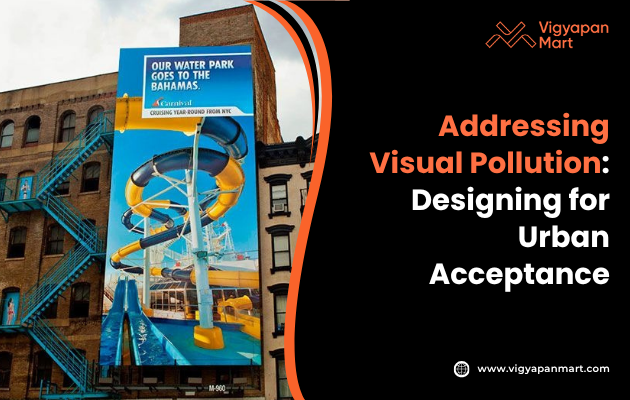The Rise of Contextual and Aesthetically Pleasing Urban Ads

Urban spaces are changing, and so is the way we see ads around us. In the past, advertising was about shouting your message to as many people as possible. Today, smart brands know that blending in and being meaningful is just as important as standing out. This new trend is called contextual and aesthetically pleasing urban advertising, and it’s everywhere you look.
What Are Contextual Urban Ads?
Contextual advertising simply means showing ads that relate to where you are or what you’re doing. For example, an ad for cold drinks appears near a busy park in summer, or a movie poster is shown outside a cinema. It connects with your environment and mood.
- 63% of people say they prefer seeing ads that are related to what’s around them or what they’re interested in at the moment.
- Contextual ads feel less creepy than those that follow you around based on your private data.
- People feel more positive towards brands when the ad fits the place and time-nearly half of consumers said so in a recent study.
Why Do Aesthetics Matter in Urban Advertising?
When an ad is aesthetically pleasing, it means it’s designed to look good and feel right. In cities, ads compete with beautiful architecture, nature, and busy people. Good-looking ads are more likely to get noticed and remembered.
Facts about visually pleasing ads
- The human brain processes images 60,000 times faster than text.
- About 90% of the information our brains pick up is visual.
- Ads with artistic value are not just attractive—they make people feel something, like happiness, nostalgia, or excitement.
- Artistic, creative ads are shared more often, giving brands free “word-of-mouth” marketing.
Technology Making Urban Ads Smarter
Today’s city ads use technology to make the experience exciting and interactive:
- Digital Out-of-Home screens (DOOH): These are high-definition screens placed in malls, stations, and busy streets. They can show bright, moving images that change depending on the time of day or weather.
- Interactive ads: Imagine bus stops where you can touch a screen to learn more, or ads that change when you walk by. These surfaces respond to motion, touch, or even temperature, making them fun and memorable. For example- some screens show calming colors in the evening and vibrant ones in the morning, matching city life and people’s moods.
Examples of Cool and Effective Urban Ads
Red FM Musical Bus Shelters: In Delhi NCR, Red FM converted bus shelters into interactive musical zones. Visitors could touch parts of the shelter to play music, turning boring waiting experiences into playful experiences.
PUMA Olympic Athlete Billboards: Ahead of the Paris Olympics, PUMA India honored Indian athletes like PV Sindhu and PR Sreejesh by displaying dramatic action stills such as signature badminton smashes on urban billboards and trains, tying sports pop culture into everyday urban scenery.
Amul’s Iconic Topical Billboards: For decades, Amul has placed witty, topical billboards referencing current events and pop culture moments. These comic-style ads have become cultural fixtures, uniting generations through humor and nostalgia and making Amul’s butter girl a symbol of Indian advertising’s connection with society.
Why Urban Ads Work Better?
Cities are crowded and full of distractions. Ads that fit their surroundings or tell a unique story work better because:
- Urban environments allow for more creativity and complexity. People walking or biking can notice small details and enjoy surprising designs.
- Window displays, chalkboards, and pop-up art can change daily, matching events, weather, or trends.
- Independent businesses often succeed with creative, tailored ads rather than big, brand-heavy billboards.
How Brands and Cities Benefit?
The result? Both brands and city residents win:
- Brands: Get noticed, remembered, and talked about without needing to spend as much on traditional ad spaces.
- People: Enjoy their urban spaces more, with ads that add to the beauty or make them smile rather than annoy them.
- Cities: See more independent businesses competing smartly with big brands, making neighborhoods more vibrant.
The Future: Simple, Bold, and Relevant?
The most successful urban ads today share a few things in common:
- Simplicity: The best ads are easy to understand at a glance. Less text, more image and color.
- Context: When the ad fits its place-like a shoe ad outside a sneaker store, people are happier and more likely to buy.
- Visual Power: Bold colors, big images, and clever design win attention quickly.
- Adaptability: Ads must work everywhere: on screens, on walls, even on the sides of buses.
Urban advertising is no longer just about being loud; it’s about being smart, beautiful, and in the right place at the right time. As cities continue to grow, expect even more impressive, interactive, and contextual ads to light up your everyday journey. And if you want your brand to shine with the power of urban outdoor ads, connect with Vigyapan Mart advertising experts today.









